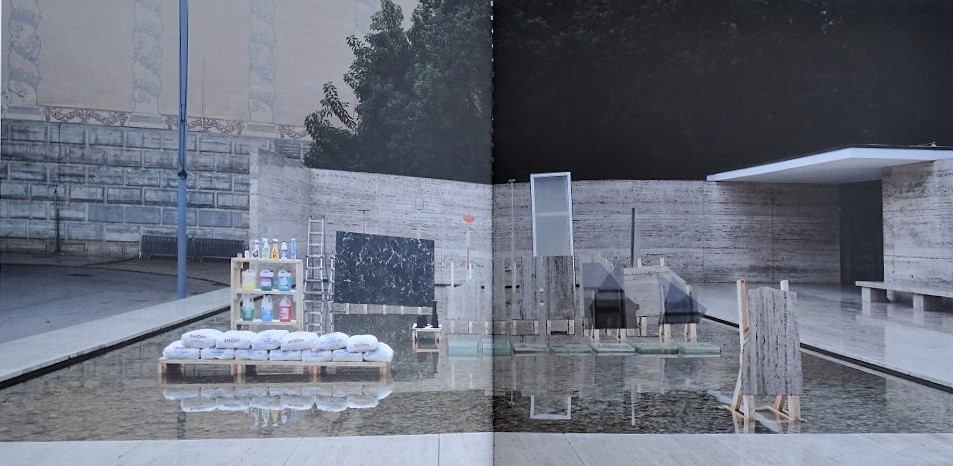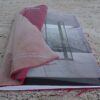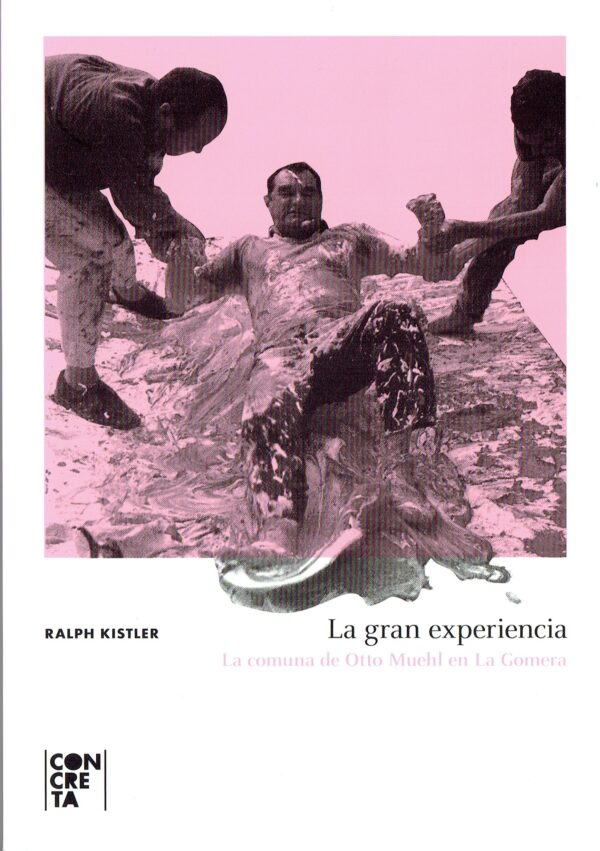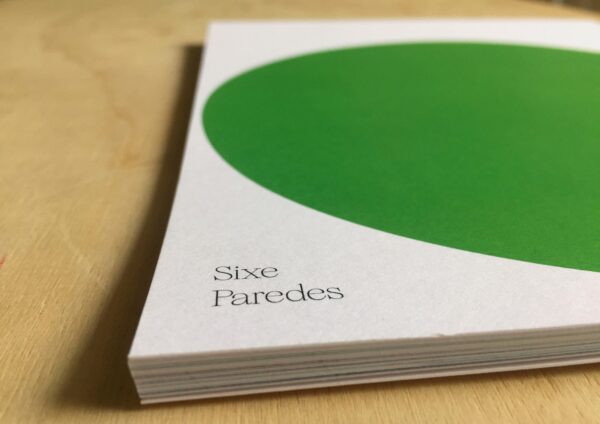PHANTOM Mies as Rendered Society – Andrés Jaque
Title: PHANTOM Mies as Rendered Society – Andrés Jaque.
Publisher: Fundació Mies van der Rohe.
Author: Ivan Blasi (Editor).
Size: 20 x 28 x 0,5 cms.
Pages: 48.
Illustrations: Color & B&W.
Cover: Singer binding.
Publication date: 2013.
ISBN: English 9788493690151.
120.00€
Estamos trabajando en nuestra web, de momento no es posible comprar libros través de nuestra tienda online. Para cualquier consulta escríbenos a info@artslibris.cat
Availability: In stock
PHANTOM. Mies as Rendered Society is an intervention created by Andrés Jaque at the Barcelona Pavilion, resulting from the research which Jaque has carried out over the last two years, at the invitation of the Fundació Mies van der Rohe and Banc Sabadell Foundation. A significant portion of the items which are safeguarded in the basement upon which the Pavilion was built have been distributed at different locations throughout the Pavilion space. This basement is presented as the Pavilion’s ghost (PHANTOM), which had never drawn the attention of people who came to visit and study the Pavilion, but for which Jaque acknowledges an important role in the emergence of his architecture as a social type of construction.
The team responsible for reconstruction of the Pavilion of ’29 thought that the basement would facilitate the control and maintenance of its installations. It also decided that entry should be made difficult so as to avoid its future use as an exhibition space in which Mies and the Pavilion were explained. In the end, the basement has been used to store all of the material witnesses which provide an account of the social fabric involved in a shared project: every day reinterpreting the May morning on which the Pavilion of ’29 was first opened.
The basement, like the portrait of Dorian Grey, contains everything that makes it possible to see the Pavilion as a monumental collective construction. However, it is concealed so as not to diminish the illusion that the product was received directly from an enlightened hand, that of Mies, who worked in Barcelona in 1929. The basement still houses the phantom public: a reference to the well-known text by Walter Lippman The Phantom Public (New Jersey, 1925), from the societies which contribute to creating
the Pavilion on a daily basis.
As Mies himself pointed out, architecture is built in such a way that what is visible conforms that which is hidden. The Barcelona Pavilion is an arena of confrontation organized in the form of a two-story building, in which two inter-dependent notions of the political lie in dispute. The well-lit upper floor revives foundational concepts of the political (in which the extraordinary, origins and essences lead the way for that which is common), while the dark basement was constructed using contingencies and provisional agreements. The upper floor is physically transparent, but it conceals the social pacts which occur inside, to provide access to an experience of everyday incalculability. The lower floor is opaque, yet it is the place where the contracts, experiments and disputes which construct the Pavilion gain transparency. The Pavilion constructs a belief through the way in which its two floors operate: ‘the exceptional emerges in the absence of the ordinary.’ The intervention is based on the suspicion that the recognition and rearticulation of these two spheres can contribute new possibilities in which architecture finds answers to contemporary challenges.
“A significant portion of the items which are safeguarded in the basement upon which the Pavilion was built have been distributed at different locations throughout the Pavilion space. This basement is presented as the Pavilion’s ghost (PHANTOM), which had never drawn the attention of people who came to visit and study the Pavilion, but for which I acknowledge an important role in the emergence of my architecture as a social type of construction.”
Andrés Jaque
Relacionados
Related products
-
ARTIST BOOK
Martín Vitaliti, 360° (AL Series n.1)












